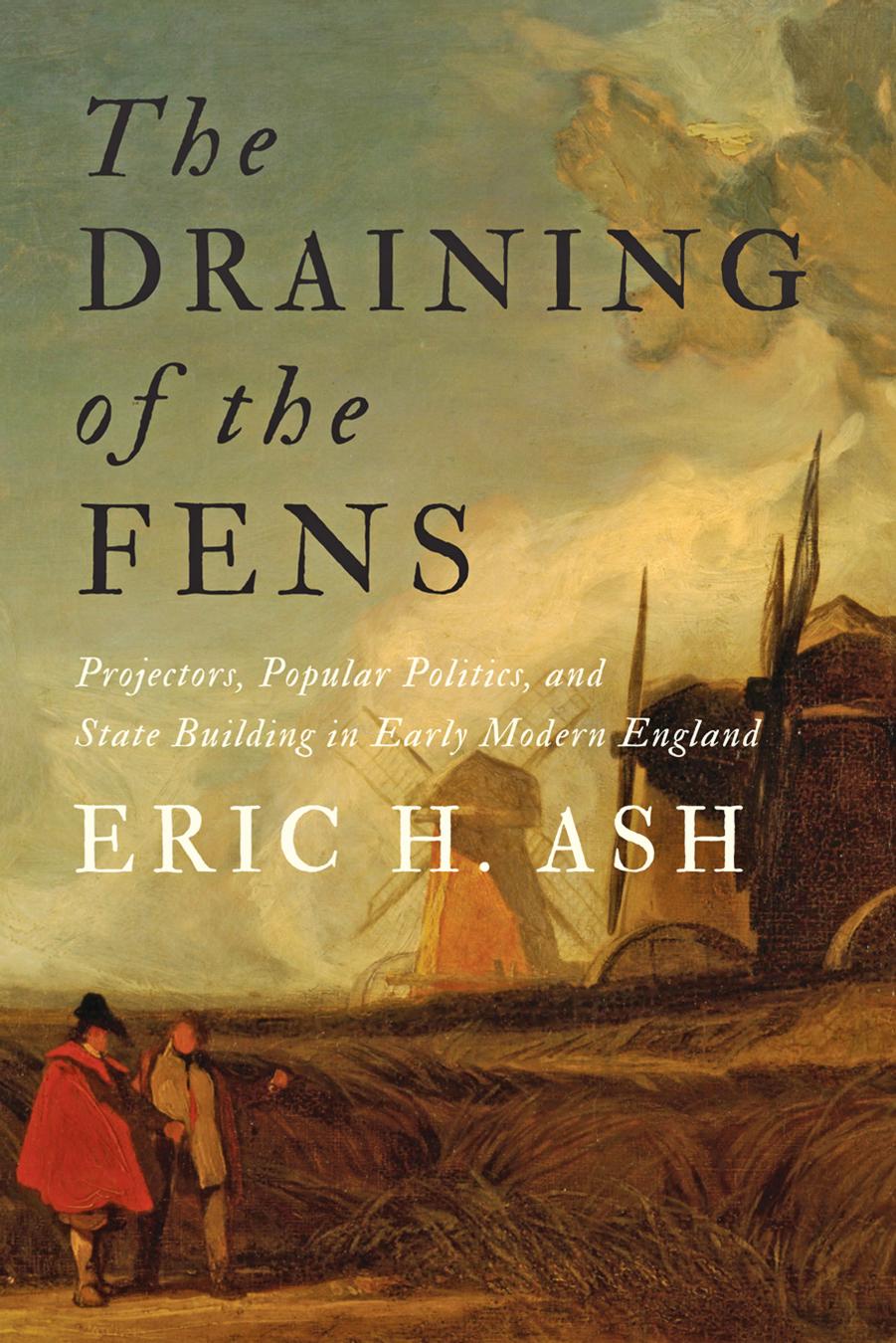The Draining of the Fens: Projectors, Popular Politics, and State Building in Early Modern England by Eric H. Ash

Author:Eric H. Ash [Ash, Eric H.]
Language: eng
Format: epub, pdf
Tags: History, Europe, Great Britain, General, Renaissance, Science, Earth Sciences, Geography, Technology & Engineering
ISBN: 9781421422008
Google: fJDUDgAAQBAJ
Publisher: JHU Press
Published: 2017-05-29T20:27:51+00:00
In the Grand Remonstrance of 1641, the Long Parliament grieved to the king that â[l]arge quantities of common and several grounds hath been taken from the subject by color of the Statute of Improvement, and by abuse of the commission of sewers, without their consent, and against it.â120 In 1649, shortly after the king had been beheaded for ruling England as a tyrant, Parliament not only authorized the Great Level drainage and allotted ninety-five thousand acres to the investors who funded it, but it even forbid any commission of sewers from âintermeddlingâ in the project. As far as the English state was concernedâwhether Crown or Parliamentâthe Fens were a broken and profitless landscape by the 1640s, a millstone around the neck of the commonwealth. The members of the parliamentary Committee for the Fens were every bit as determined in 1649 to see the Great Level transformed into dry, productive land as the Crown had been a decade earlier, whatever the fenlanders themselves might have to say about it (and they were given little enough opportunity say anything). The consistency of the pro-drainage position throughout the Civil War period is illustrated by the fact that H. C.âs eloquent pro-drainage pamphlet had two printings: the first in 1629, as King Charles and the Earl of Bedford grappled over who would undertake the Great Level project, and the second in 1647, during the parliamentary hearings that restored it to Bedfordâs son. A project begun under King Charles I and with his blessing was to be completed with the enthusiastic support of the revolutionary Commonwealth regime that had overthrown him. The Civil War had wrought many changes on Englandâs political landscape, but it had not altered the plight or fate of the Fens.
What had been permanently altered, even before the outbreak of war, was the dominant political and economic understanding of the Fens, encompassing not just the land but also the people who lived there, the administrative and legal system through which it was managed, and the agricultural means by which it was exploited. The traditional, conservative outlook, in which the annual floods were not only inevitable but beneficial, and experienced local landowners were entrusted to maintain the conditions necessary to take full advantage of the landâs natural produce, was decisively superseded by the more radical, interventionist approach. The entire Great Level would be transformed by bold, visionary investors and managed by central authorities. Traditional fenland produce was dismissed as so much worthless trash, to be replaced by more marketable commodities, such as coleseed that would supply valuable oil for Englandâs protoindustrial markets. The lazy and sickly inhabitants would finally be freed from a deleterious and dangerous landscape and set on honest work for the good of the commonwealth.
Yet even as the new drainage project got under way in the early 1650s, the debate about the true nature of the Fens continued, in the Great Level and elsewhere. Though the interventionist view held full sway in circles of power and money, fenland commoners still saw in their watery world a land of beauty and abundance.
Download
The Draining of the Fens: Projectors, Popular Politics, and State Building in Early Modern England by Eric H. Ash.pdf
This site does not store any files on its server. We only index and link to content provided by other sites. Please contact the content providers to delete copyright contents if any and email us, we'll remove relevant links or contents immediately.
| American National Standards Institute (ANSI) Publications | Architecture |
| History | Measurements |
| Patents & Inventions | Research |
Whiskies Galore by Ian Buxton(41941)
Introduction to Aircraft Design (Cambridge Aerospace Series) by John P. Fielding(33094)
Small Unmanned Fixed-wing Aircraft Design by Andrew J. Keane Andras Sobester James P. Scanlan & András Sóbester & James P. Scanlan(32766)
Craft Beer for the Homebrewer by Michael Agnew(18199)
Turbulence by E. J. Noyes(7981)
The Complete Stick Figure Physics Tutorials by Allen Sarah(7339)
Kaplan MCAT General Chemistry Review by Kaplan(6903)
The Thirst by Nesbo Jo(6882)
Bad Blood by John Carreyrou(6584)
Modelling of Convective Heat and Mass Transfer in Rotating Flows by Igor V. Shevchuk(6408)
Learning SQL by Alan Beaulieu(6239)
Weapons of Math Destruction by Cathy O'Neil(6220)
Man-made Catastrophes and Risk Information Concealment by Dmitry Chernov & Didier Sornette(5957)
Digital Minimalism by Cal Newport;(5706)
Life 3.0: Being Human in the Age of Artificial Intelligence by Tegmark Max(5518)
iGen by Jean M. Twenge(5387)
Secrets of Antigravity Propulsion: Tesla, UFOs, and Classified Aerospace Technology by Ph.D. Paul A. Laviolette(5335)
Design of Trajectory Optimization Approach for Space Maneuver Vehicle Skip Entry Problems by Runqi Chai & Al Savvaris & Antonios Tsourdos & Senchun Chai(5039)
Pale Blue Dot by Carl Sagan(4960)
